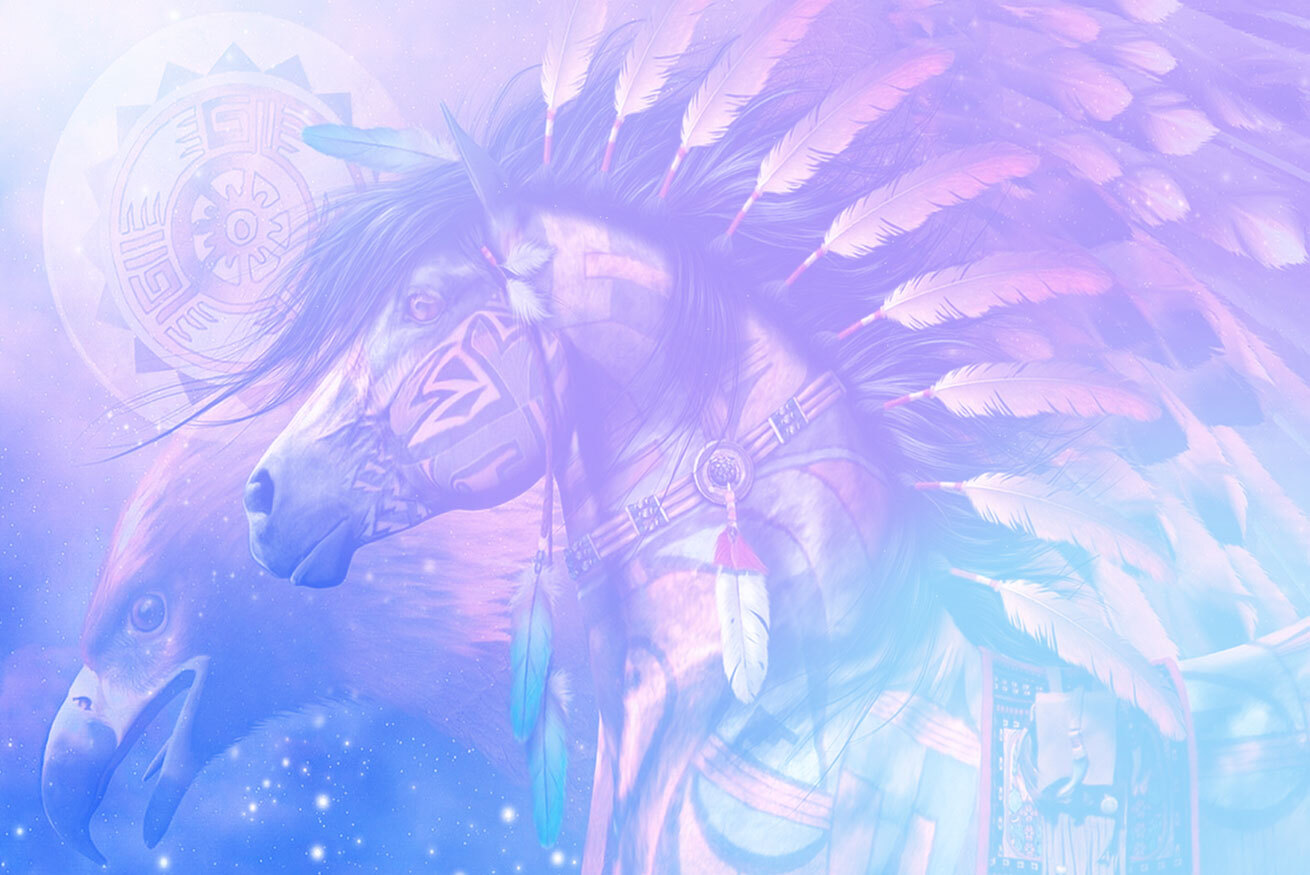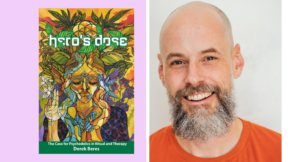
Don’t let the industrialization of psychedelics fool you: The Western world certainly didn’t spearhead the use of psychoactive substances for healing. Many of the techniques utilized in modern psychedelic ceremonies are rooted in Indigenous use of entheogens.
While we are still unsure how long Indigenous cultures have been using substances like magic mushrooms and ayahuasca for, we are certain that psychedelics remain a cornerstone of many Indigenous religions and cultures to this day.
Here we’ll explore the fascinating and multi-faceted ways that different psychoactive plants are currently used for spiritual and ritualistic purposes around the globe.
Magic Mushrooms and the Mazatecs
The Mazatecs are an Indigenous community in the Oaxaca, Puebla, and Veracruz regions of Mexico. The Mazatec people have used psilocybin-containing mushrooms for many generations in ritualistic settings. The mushrooms are consumed in ceremonies called Veladas, and are led by curanderos, who are considered healers (the root of the word translates literally as ‘to cure’). The Veladas are performed so that the Mazatec people can come closer to God and experience the divine.
The Mazatecs may be the most famous Indigenous culture to use psychedelics. In 1957, R. Gordon Wasson, a banker and ethnomycologist, famously appeared in Time Magazine, where he documented his psychedelic trips with the curandera Maria Sabina. This was the first time that the ritualistic use of psychedelics was widely introduced to the West.
Since then, Sabina was inundated with interest from Westerners seeking to participate in the Veladas, which ultimately threatened the future of the Mazatecs at the time. This introduction to the ritualistic use of psilocybin mushrooms could certainly have been handled with more care – Sabina was subsequently ostracized by her community after Westerners continuously poured into the Mazatec regions.
Ayahuasca and the Shipibo People
Known as the ‘vine of the soul’, ayahuasca is a particularly potent psychedelic brew. It’s commonly made from the stem of the ayahuasca vine, Banisteriopsis caapi, and the leaves of the chacruna plant, Psychotria viridis. Combined into a brew, these contain the powerful psychedelic compound DMT, and a monoamine oxidase inhibitor (MAO-I), which prevents the breakdown of DMT in the gut, leading to a powerful hallucinogenic experience.
The making of this brew, however, differs from culture to culture. Many different ethnic groups use ayahuasca for spiritual and ritualistic purposes. These include the Shipibo people of the Upper Amazon (spanning Peru, Brazil, and Ecuador). The Shipibo people use ayahuasca to reveal the true patterns of reality, which can then be communicated to others by the shamans through chants called icaros.
Ebene and the Yanomami People
Another Amazonian Indigenous group that ritually uses psychedelics are the Yanomami. The Yanomami are situated between the border of Venezuela and Brazil. There are around 26,000 people that make up the group, scattered across around 200 villages in the Amazon rainforest.
Due to the tropical climate of the Amazon, there is an abundance of biodiversity where the Yanomami people are situated. The Yanomami people have discovered that one such plant can induce powerful psychedelic states – Virola elongata. The bark of Virola elongata is scraped, turned into a resin, and cooked into a paste. This can then be combined with ashes to form a powder, which is dubbed ebene. The ebene can then be blown into a person’s nasal cavity, or snuffed, in order to induce a radically altered state of consciousness. Biochemical analysis has revealed that the genus Virola contains high concentrations of two notoriously powerful hallucinogenic chemicals: 5-MEO-DMT and DMT, the ingestion of which can lead to the user entering another form of reality.
During their initiation phase, a new shaman may undergo days of ingesting ebene under the supervision of elder shamans. The purpose of this long, and often painful, initiation is to allow the new shamans to start to see spirits, known the Yonomami as xapiripë. Through learning to communicate with the spirits, the shamans then have the “vision/power that, in contrast to the illusory perception of ‘common people’…gives them access to the essence of phenomena and to the time of their origins, and therefore the capacity to alter their course.” They may use their new-found abilities to heal other Yanomami members, or tame the spirits that may threaten the existence of the Yanomami.
Iboga and the Bwiti Religion
Iboga, or Tabernanthe iboga, is a shrub that is native to the Central West African rainforest. The bark of iboga contains the hallucinogenic compound ibogaine, which is currently being tested for its anti-addictive properties. At lower doses, ibogaine induces stimulant-like effects on the body, while at higher doses the compound has much more profound psychedelic effects.
The Bwiti religion, found in the nations of Gabon, Cameroon, and the Republic of Congo, frequently uses iboga. Bwiti is practiced by the rainforest-dwelling Babongo and Mitsogo people (situated in Gabon), and the Fang people of Gabon and Cameroon.
The iboga plant is used within the religion for incoming members; when a prospective member wants to join the Bwiti religion, they will take iboga as part of an initiation ceremony. This experience allegedly facilitates a near-death experience, as healers expect the new members to undergo visions of death and rebirth. Iboga is also used in other ceremonies, which may serve the purpose of healing sick individuals, or driving out harmful spirits. Interestingly, these ceremonies may last for days on end, due to the long-lasting effects of ibogaine.





